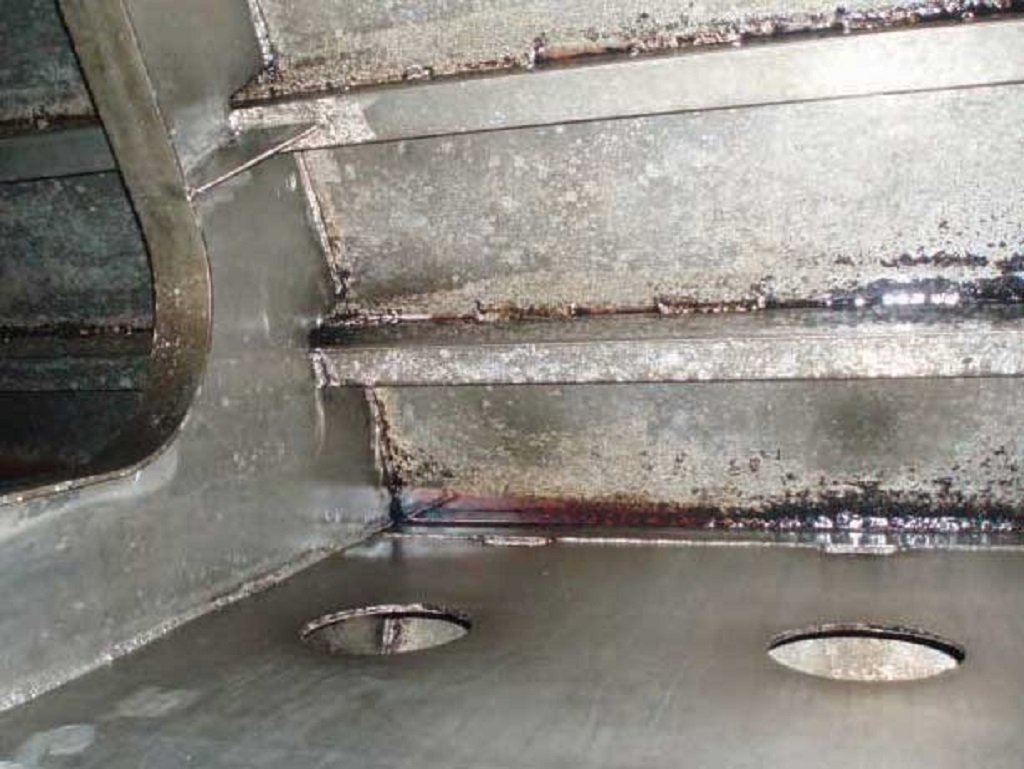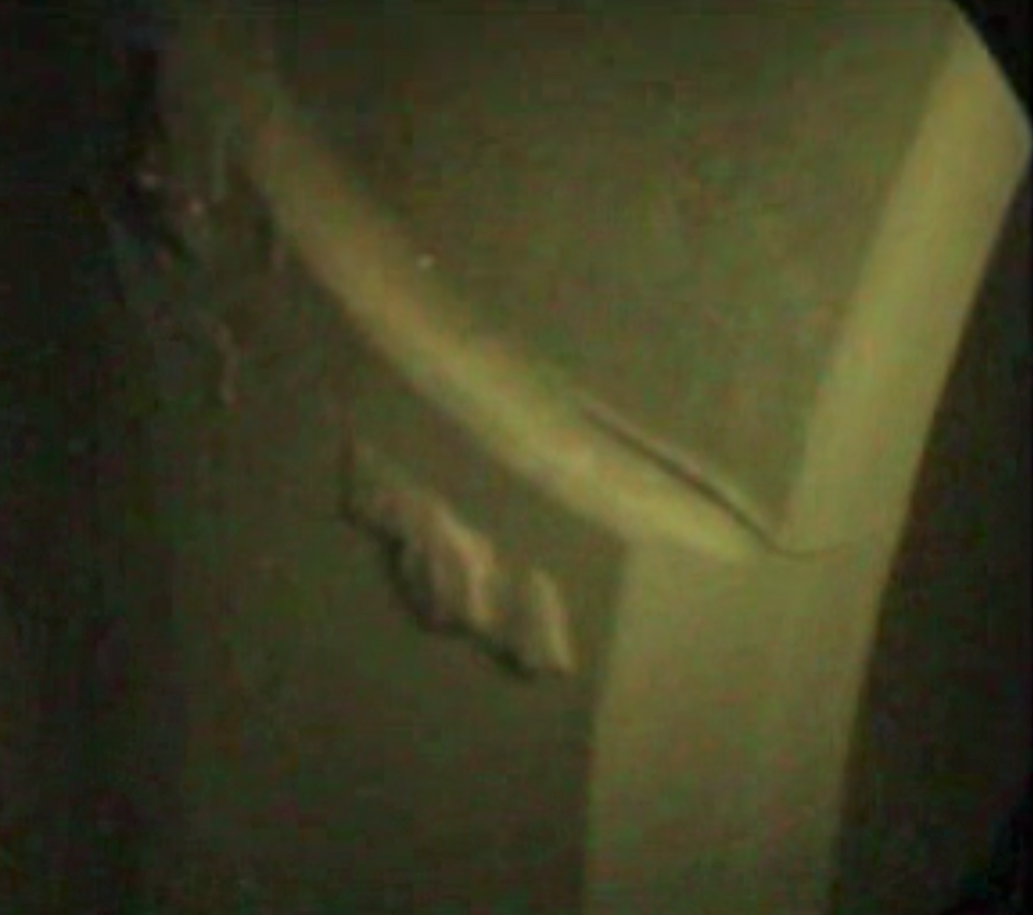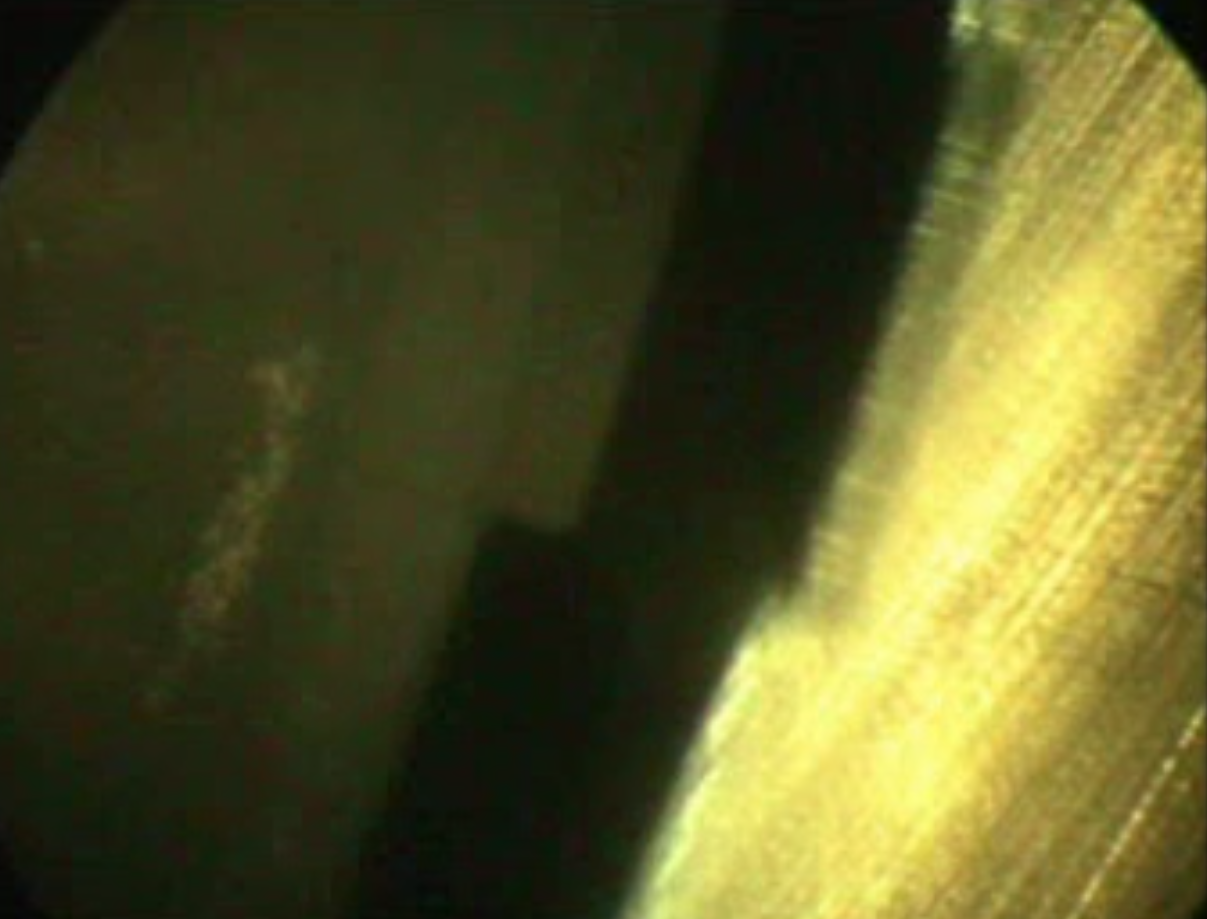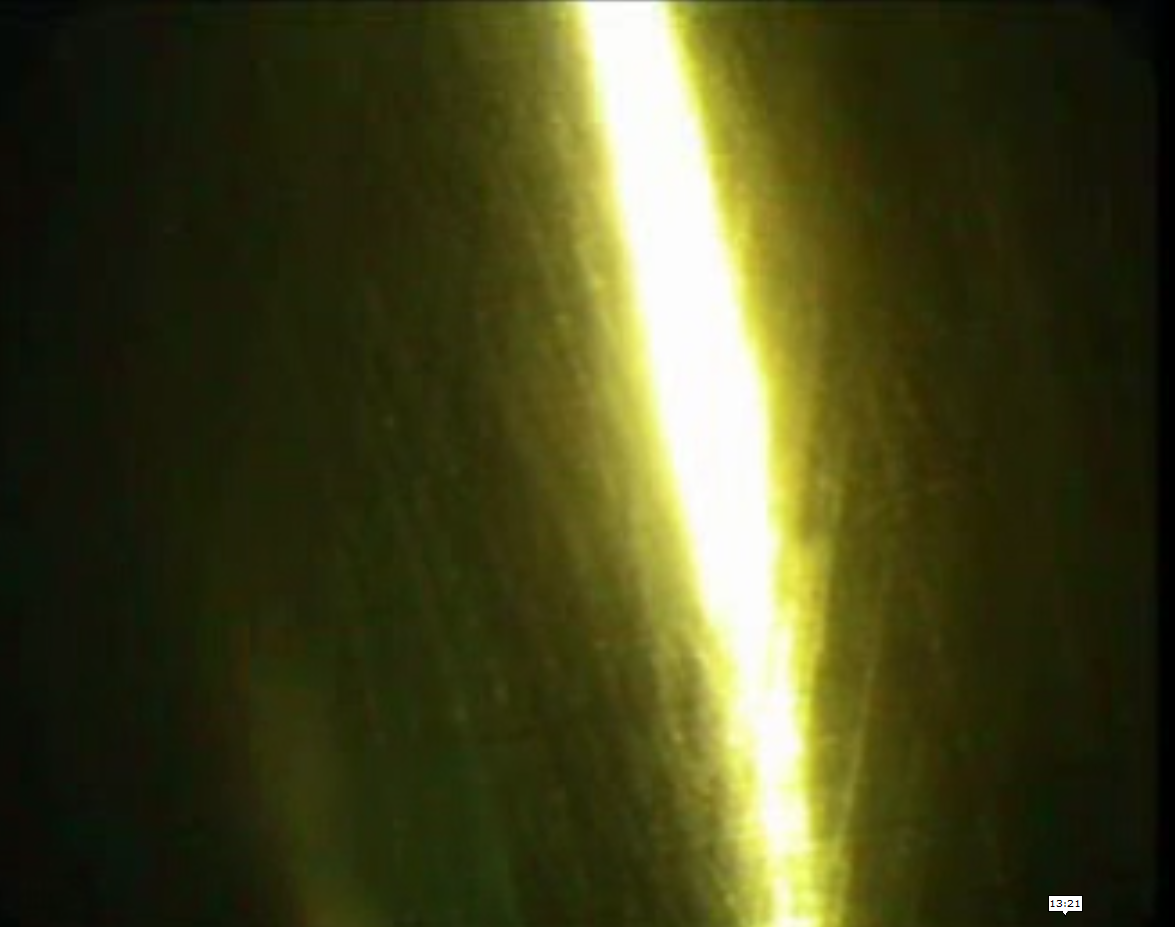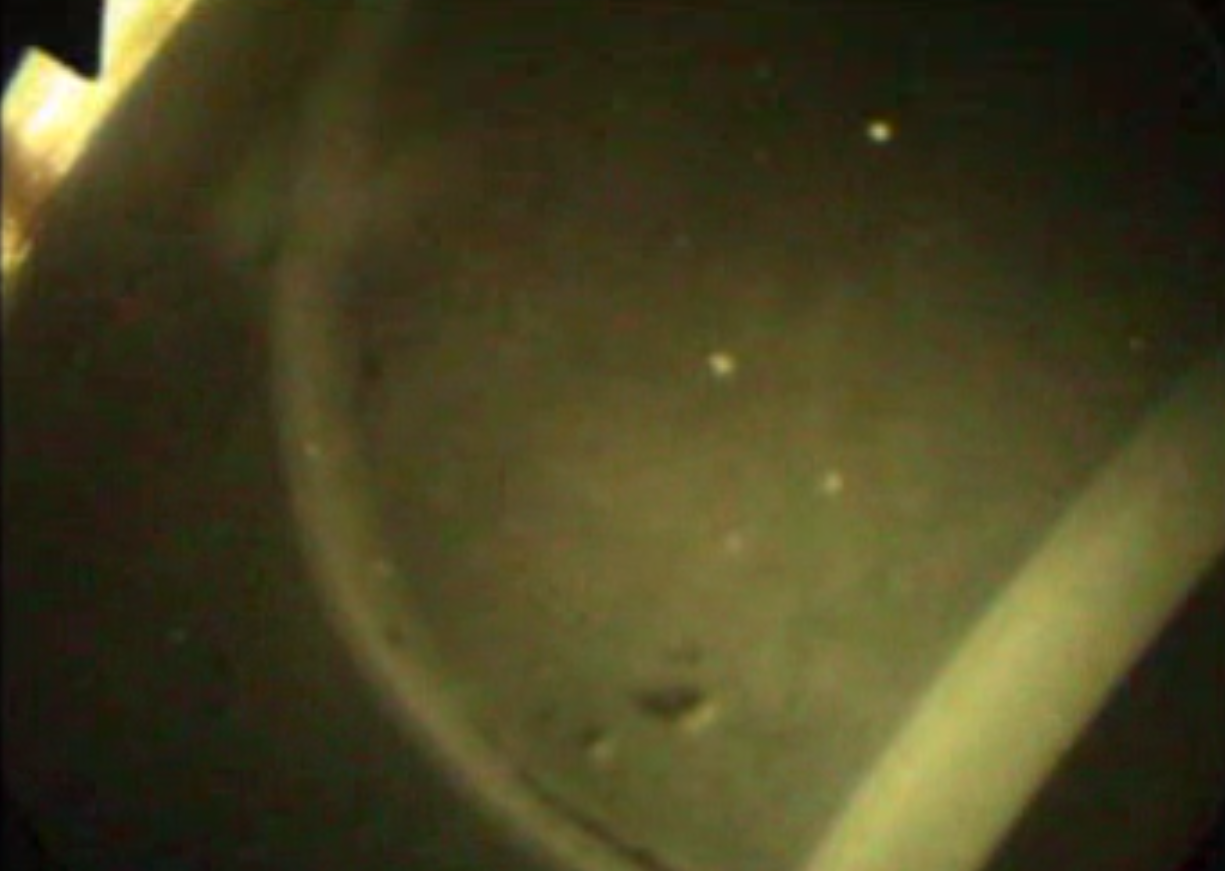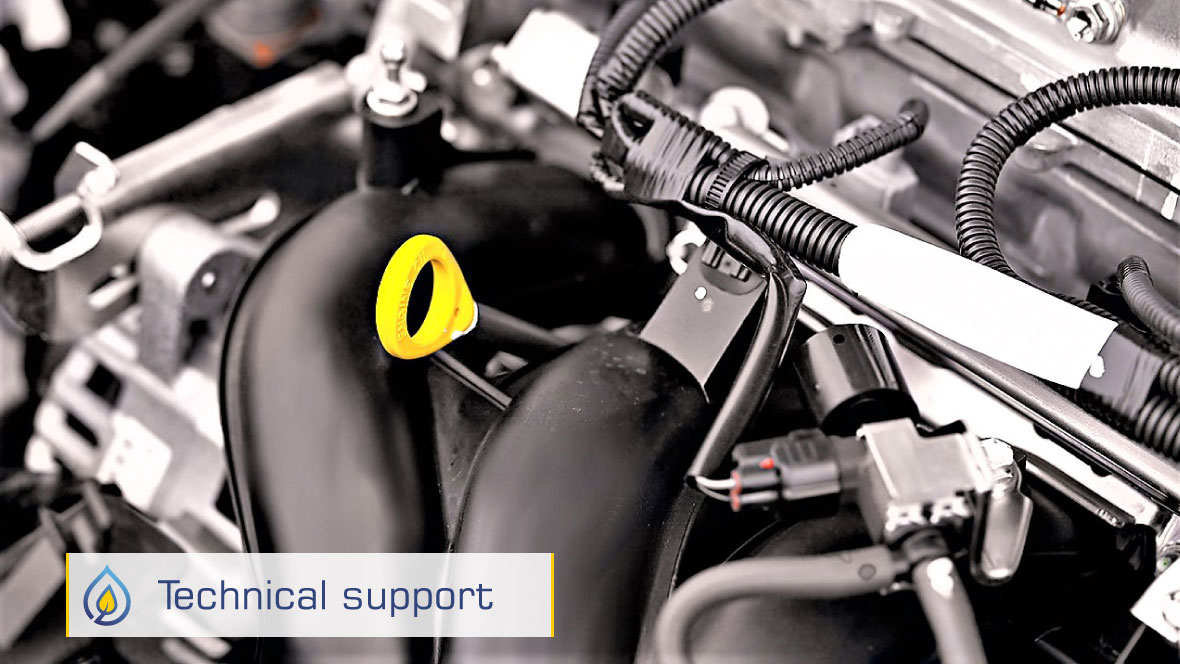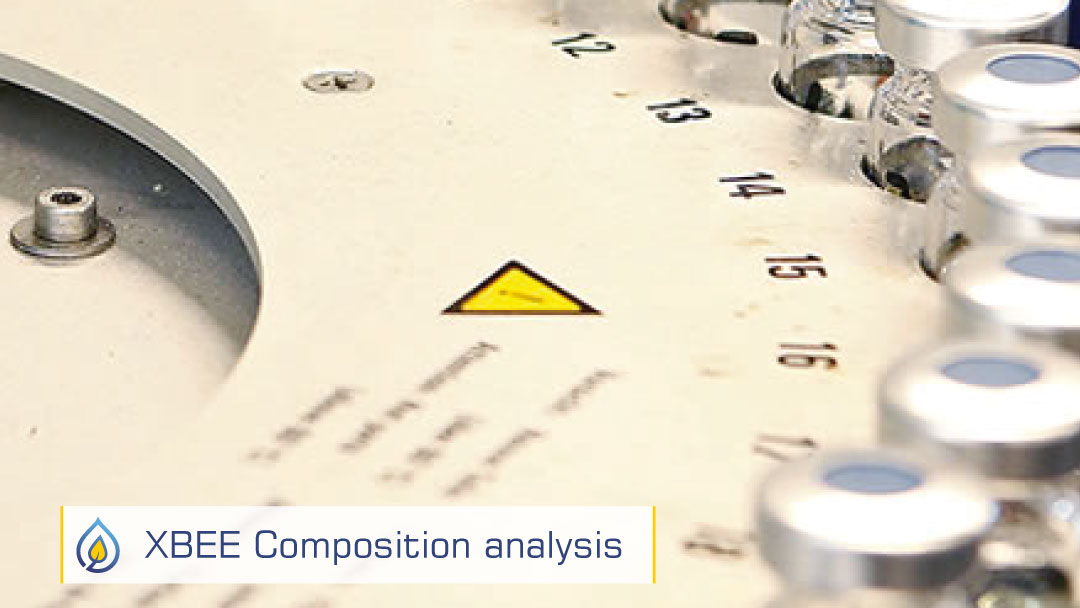The impact of XBEE technology on fuel can be monitored, verified, and calculated. XBEE enzymes have been scientifically proven to be effective in purifying fuel by dispersing bacteria, sludge, and water in the fuel.
The consequence of using enhanced diesel or heavy fuel oil is a natural cleaning effect of the fuel system and engine enzymes that continue to act to remove carbon deposits and other contaminants. Additional consequences of this cleaning effect are the reduction of smoke and implied gas emissions. Ultimately, these parameters translate into reduced fuel consumption.


